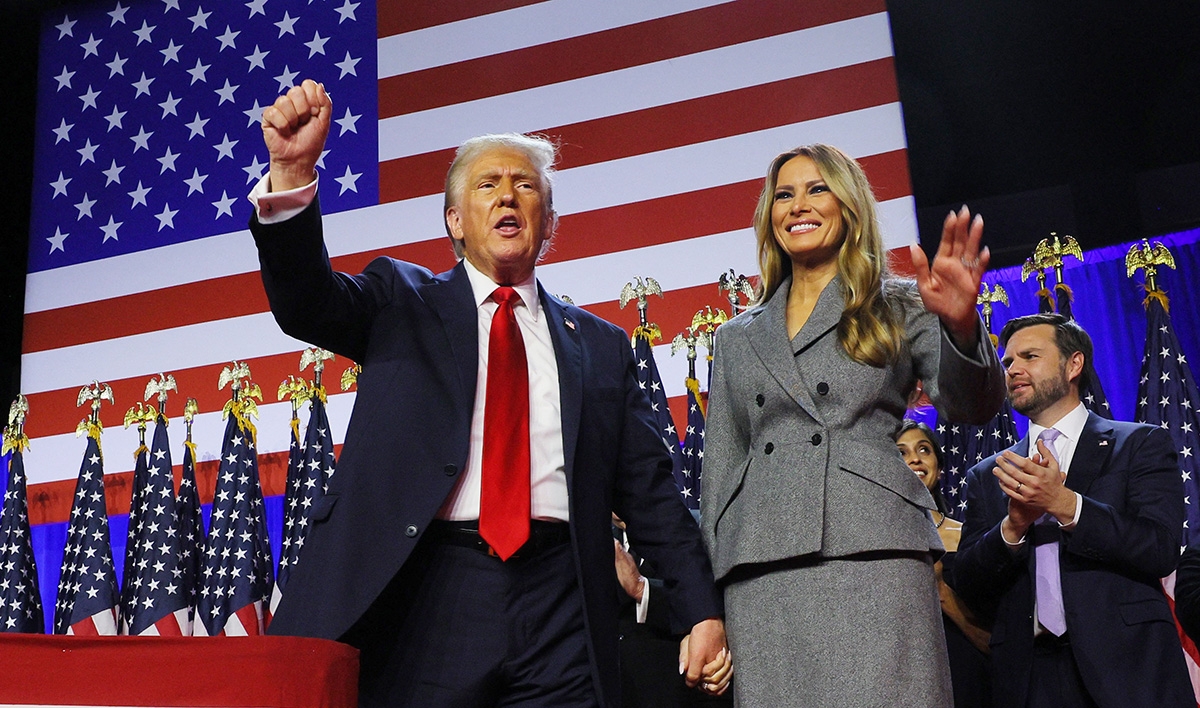
Donald Trump remains one of the most divisive figures in recent American history. While he amassed a substantial number of votes in both the 2016 and 2020 presidential elections, there seems to be a pervasive sense of disdain directed towards him, especially within mainstream media and urban areas. This juxtaposition—the support of millions at the polls versus the seeming hatred—leads to an interesting question: why does it appear that most people hate Donald Trump?
One significant factor lies in the dichotomy between urban and rural America. Trump’s support base is largely drawn from rural regions and small towns, where his rhetoric resonates with working-class individuals who feel left behind by globalization and cultural changes. Meanwhile, urban areas, which tend to wield significant influence over mainstream media, entertainment, and tech industries, tend to lean liberal. This creates a discrepancy in perception—urban influencers and celebrities often dominate the conversation and amplify disdain for Trump, making it seem as if everyone is against him.
Moreover, Trump's combative style and unapologetic personality clash with what many perceive as presidential decorum. He’s brash, confrontational, and thrives on controversy—traits that appeal to his supporters, who see him as a straight-talker that doesn’t mince words. To them, he’s someone willing to disrupt the political establishment, a refreshing change in a landscape of career politicians. However, to those who value diplomacy, Trump's behavior appears reckless, dangerous, and unbecoming of a leader. The constant Twitter rants, public feuds, and inflammatory remarks alienate many, contributing to the perception of widespread hatred.

It’s also important to consider the media’s role. Major news outlets often adopt a critical stance towards Trump, emphasizing his scandals, controversial policies, and missteps while rarely highlighting his accomplishments. This media framing plays a crucial role in shaping public opinion. During Trump's presidency, the negative coverage was nearly relentless, painting him as an incompetent leader prone to chaos. This media onslaught fueled a narrative that he was unfit for the job, further stoking dislike among those who don’t support his policies.
Lastly, Trump’s association with the “Make America Great Again” (MAGA) movement has deepened divisions. MAGA represents, to many, a nostalgic return to traditional values—values that some perceive as exclusionary or even regressive. For Trump supporters, it’s about pride in their country and a return to a simpler time. For detractors, it’s viewed as a thinly veiled endorsement of racism, sexism, and xenophobia, creating a sense of fear and mistrust.The prospect of Trump returning to the White House is both exhilarating to his supporters and deeply unsettling to those who dislike him. With the 2024 election looming, there’s a palpable sense of dread among anti-Trump factions—enough that many are actively contemplating an escape plan should he reclaim power. But where exactly would one go if they can't stand another term of Trump?
For many, the answer lies in Europe. Countries like Canada, Germany, and Portugal have seen a surge in interest among Americans contemplating a move. Canada, with its geographical proximity and relatively similar culture, appears to be the go-to option for many. The promise of universal healthcare, a liberal social climate, and policies that starkly contrast with Trump’s have been enough to lure Americans northward—if only in their imagination.

Another popular destination is New Zealand. Its scenic landscapes and reputation for being one of the safest countries in the world add to its appeal for people seeking a significant change.
But the idea of fleeing isn’t as easy as it sounds. Uprooting one’s life—leaving family, friends, and careers behind—is a massive step. There’s also the harsh reality that moving abroad is rarely a simple matter of buying a plane ticket. Countries have immigration laws that often require a job offer, substantial savings, or some connection to the country in question. For most Americans, the idea of escaping a Trump presidency is more about expressing fear and frustration than an actual plan of action.
Ultimately, the discussion around escaping a second Trump presidency illustrates the polarization that defines America today. Some see Trump as a necessary force to push back against a stifling progressive agenda, while others see him as a direct threat to democracy itself. This split creates a situation where one half of the country is jubilant about his potential return, while the other half is contemplating packing their bags.
-1728270195-q80.webp)
-1728018388-q80.webp)
-1728354668-q80.webp)
